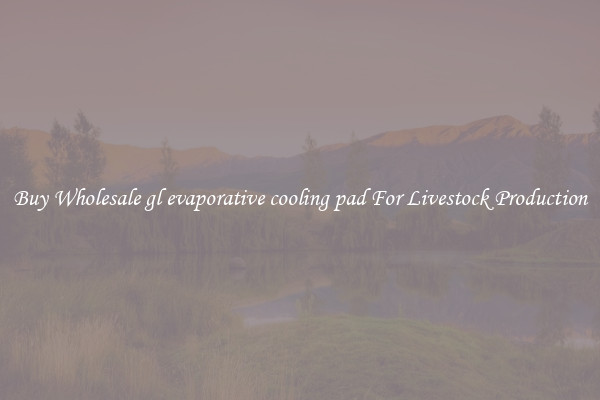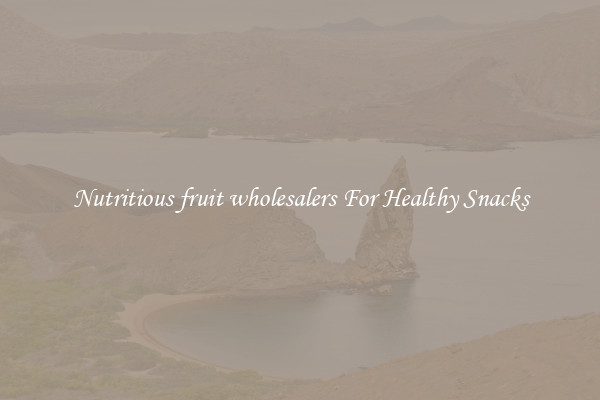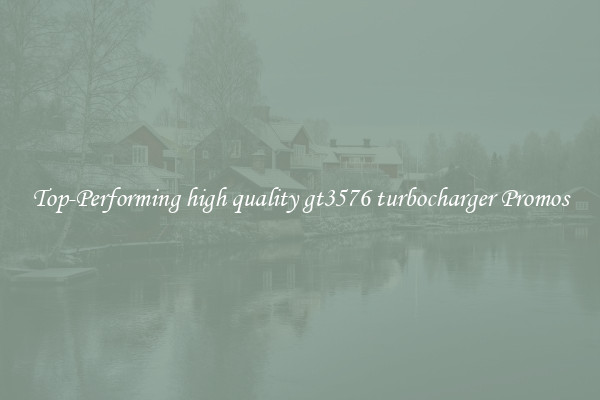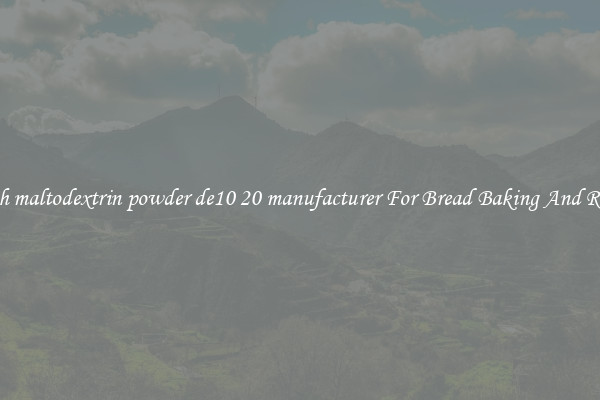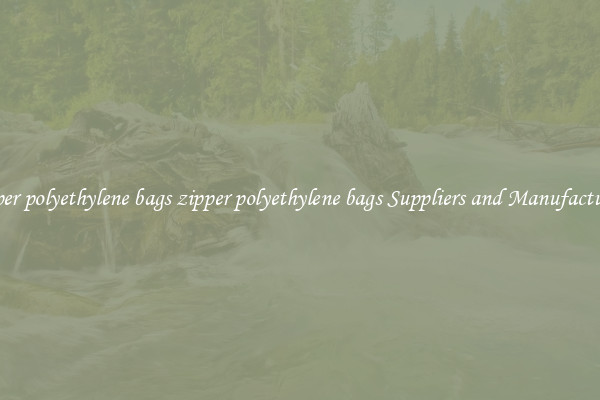Nutritious xylanase for poultry feed For All Livestock
Xylanase is a type of enzyme that is crucial for breaking down xylan, a complex sugar found in plant cell walls. In the context of poultry feed, xylanase plays a crucial role in improving nutrient absorption and overall digestion in chickens.

Xylanase is particularly beneficial for poultry feed as chickens often consume diets rich in plant material such as grains, which contain high levels of xylan. By supplementing poultry feed with xylanase, producers can ensure that chickens are able to fully digest and absorb the nutrients present in their feed, leading to better growth rates, improved feed efficiency, and overall healthier birds.
One of the key benefits of using xylanase in poultry feed is its ability to break down anti-nutritional factors present in plant material. These anti-nutritional factors can interfere with the absorption of essential nutrients, leading to poor growth and overall performance in chickens. By supplementing poultry feed with xylanase, producers can overcome these challenges and ensure that chickens are able to access the full nutritional value of their feed.
Additionally, xylanase can also help improve the gut health of chickens by promoting the growth of beneficial bacteria in the intestines. This can lead to better overall health and disease resistance in chickens, as a healthy gut microbiome is essential for proper digestion and immune function.
Furthermore, xylanase has been shown to reduce the viscosity of intestinal contents in chickens, which can help prevent common issues like sticky droppings and gut inflammation. By improving intestinal health, xylanase can also help reduce the incidence of digestive disorders in chickens, leading to better overall performance and productivity.
Overall, xylanase is a highly beneficial enzyme for poultry feed that can improve nutrient absorption, gut health, and overall performance in chickens. By incorporating xylanase into their feeding regimen, producers can ensure that their birds are receiving the full nutritional value of their feed, leading to healthier, more productive birds.

View details

View details

View details

View details
